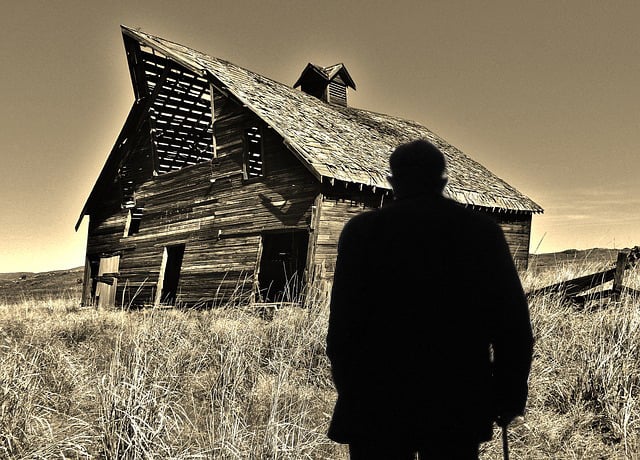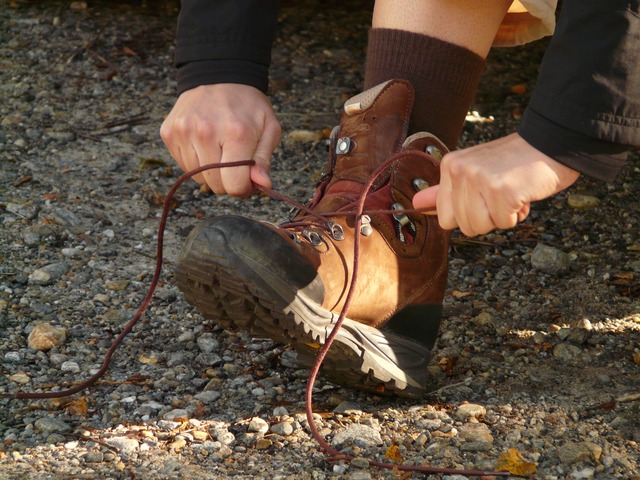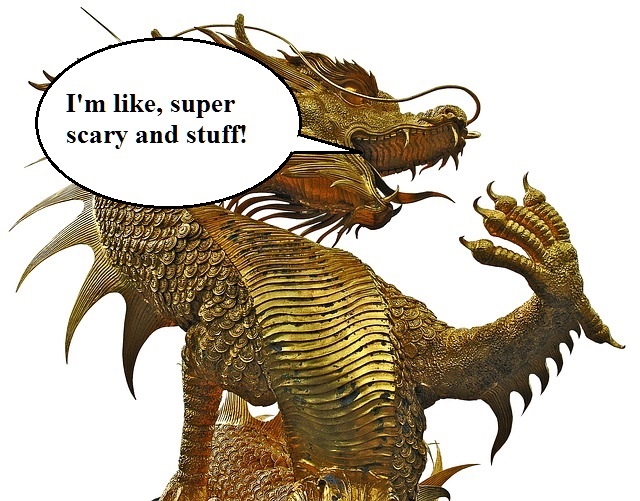So, you think you’ve got what it takes to write a good descriptive essay?
What about a great one?
Writing a descriptive essay usually requires you to describe something – an object, place, person, event, experience, emotion, etc. – making use of details and sensory imagery.
Description allows us to show rather than tell. Think of a park or coffee house, or any other place you like to visit. If you just say “park” or “coffee house” to people, they will come up with their own ideas about these places.
The words themselves are abstract, but in descriptive essays, your goal is to make these terms more concrete by showing them to the reader.
So get ready to bust out those adjectives – they’ll be your best friends when writing this type of essay!
That said, you can’t simply describe something without a purpose and organization: that’s like setting up a tent when you’re camping and then sleeping outside on the ground.
In this blog, I’ll show you how to effectively tackle descriptive essays while also giving you some great exercises that can help you practice and get started.
The Barn Exercise
Don’t know where to begin? How about some practice!
For this exercise, describe a barn (outside, inside, or both) from the point of view of a man whose son has just died in a war. Do not mention the war, the man, or the son.
Focus solely on the barn itself, but keep this information in mind. How do you think this man would describe the barn?
Intense, right? This is a great exercise that makes you – the writer – focus on your topic and use only those details that are most relevant to descriptive writing.
The barn is the most important element here, and based on the mood (which we can assume is one of grief, despair, anger, etc.), you can describe the barn using words and a tone that would suggest how the “narrator” feels in that moment.
The barn’s appearance will be affected by the narrator’s emotional state.
This exercise has an alternative. Forget the man and the son for a second. Instead, choose a strong emotion (joy, jealousy, fear, excitement, etc.), and then describe the barn using this emotion, but never mention the emotion itself.
This makes you really think about which words will best describe the barn while letting your reader know how you feel about it through showing not telling.
…Because not all barns are mired in grief. In fact, some are downright cheerful:
How to Write A Descriptive Essay: Strategies for Description
Use Sensory Imagery
Use Similes and Metaphors
Similes use “like” or “as” to describe something.
Examples: My dog is like a bulldozer plowing through the snow.
This room is as cold as ice!
These Kibin editors are so cool; they’re like movie stars!
Metaphors make implicit comparisons; they don’t use “like” or “as”.
Examples: You’re my whole world.
Jeremiah was a bullfrog.
She has a heart of gold.
Be specific to let readers really “see” what you want to show them.
Bad: There was a desk in the corner.
Better: The solid oak writing desk in the corner had a small drawer with round brass handles. It was overstuffed with papers that had yellowed with age.
All right, now – strap on your boots: we’re diving into descriptive essay writing!
How to Write a Descriptive Essay: Determine Your Approach
#1. Objective description – This approach is used to impartially inform the reader about a topic. An objective description is neither personal nor emotional, rather it is based in factual observations. Here is an example:
The 16 reservations of Cleveland Metroparks consist of over 21,000 acres of various landscapes and attractions for visitors to enjoy. The Park District is commonly referred to as the “Emerald Necklace” because the reservations encircle the city of Cleveland. Two of the reservations, Brecksville and Bedford, fall within the boundaries of Cuyahoga Valley National Park. (Source)
Do you see how the writer didn’t put in any emotional or personal details? The description is purely objective and based on just the facts.
#2. Subjective description – This is the more common approach used to write a descriptive essay because it allows you to inject some feeling into your writing. You can write your descriptions from your unique perspective and celebrate your observations with artistic prose.
Ready for another LOTR reference? Let’s see how Smaug describes himself:
How to Write a Descriptive Essay: Plan and Organize
Like any essay you write, you don’t want to just dive in. Start by generating ideas, taking notes, and outlining. Try to stick to one main vantage point and overall “mood.”
Remember that you need to have a purpose for writing this essay, so be sure to come up with a thesis.
Vantage point – Do you get up close and intimate with your subject, or are you more distant? Be sure that you maintain a balance of these vantage points throughout the essay for consistency.
Intimate: Use this approach to describe something or someone you’re very familiar with. Make good use of memory here for specific details.
“My old teddy bear has been discolored by years of attic dust and is more brown than gray now. A bit of cotton stuffing shows where my mom had sewn up the ear after Bugs, our old Collie, got at it. It’s still missing a black-button eye from the attack, and the lonely thread line in the empty ‘socket’ makes the toy look like its always winking.”
Distant: Use this vantage point when you need to describe less significant moments that aren’t as important to the overall essay but are necessary for transition from one moment to the next.
“Jeremy’s house looked like a prison – the walls were made of old unwashed brick, and the windows all had bars on them.”
Mood – This is the impression you want to leave the reader with. Consider the various descriptions above. How did they make you feel?
Think about the contradictory language in this example. How does it affect the tone?
“It was a bright, beautiful day – the sun was shining, and the flowers were in full bloom. My grandfather’s funeral was in two hours.”
Thesis – This is the main purpose for writing your essay. Read this post to get a little help with your thesis statement.
Here is a thesis statement example for a descriptive essay I would have fun writing:
“This description of the Millennium Falcon shows that Han Solo piloted more than just a ‘bucket of bolts’; the iconic spacecraft had many upgrades that allowed Solo to smuggle successfully, evade capture, and outmaneuver the best Imperial fighters in the galaxy.”
Not sure how to format an essay? Be sure to check with your teacher about the specifics.
How to Write a Descriptive Essay: Develop a Draft
Once you have finished planning your mood, vantage point, and approach, start writing the paper! There are three main components to any essay: Introduction, Body, Conclusion. These are all terms you may be familiar with, but let me give you the details!
Introduction – Tell the reader what you will tell them. In this paragraph, you briefly summarize the main points of your essay and provide your thesis. Think about the overall imagery and mood you want to convey – this is the spot where you first “dip your toe in the water” to get an idea of what it feels like. That’s the type of effect you’ll want the introduction to have.
Body – Tell them. The body paragraphs are the “meat” of your essay in which you’ll be doing the most describing. Unlike narrative essays, which are often chronological and move from one event to the next through time, a descriptive essay often takes a reader from one place to the next .
If you’re describing the interior of a house, for example, you may go from one room to the next, ending on your most favorite room – the pinball-laser-tag-bowling-alley-bouncey-castle room in your basement. (Okay, perhaps you don’t have such a room, but you can see where I’m going with this).
All essays must be organized in some way, and moving from one place to the next is typically how descriptive essays handle this.
Keep in mind that a strong organization for this paper will include a topic-by-topic approach. If you’re writing about that house, be sure that each door you move through begins a new paragraph. Hit the “Enter” key and indent that next line!
Conclusion – Tell the reader what you told them. As a general rule, a conclusion never introduces new information. Much like the intro, it summarizes the essay’s main points and then returns to the thesis to reinforce your claim one last time, leaving the reader with the impression you wanted them to have from the very beginning.
Final Thoughts on How to Write a Descriptive Essay
Writing is a muscle that needs exercise, so starting out with a little practice works well for many writers.
Check out these sources for extra help and inspiration on how to write a descriptive essay. A review of some descriptive essay examples can also go a long way toward helping you better tackle this writing style. You can see how other students approached their descriptive essays.
Let’s recap! A descriptive essay should have:
- An intro, body, and conclusion
- A thesis statement that tells your reader the point of your essay
- An objective or subjective approach
- A vantage point and an intentional mood or tone (think about the barn exercise!).
- Specific details, sensory imagery, metaphors, and similes
- A logical progression from one topic to the next (remember the “room-to-room house” example above).
Now that you have the tools to help you start writing a descriptive essay that is expressive, it’s time to fill that blank white page with your words! When you’ve finished your draft, Kibin’s editing service is here to help you make sure it’s polished and awesome!
Now go forth and describe, you brave wordsmiths!






